Dark spots on ficus leaves, causes of appearance, methods of eliminating the problem
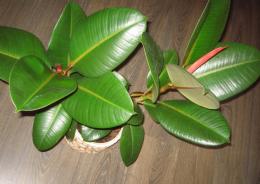
Ficus Rubber is considered one of the most common and beloved potted plants around the world. Among various peoples, this plant is a symbol of family, love, prosperity and fertility. Why did they love him so much? And is it easy to grow this evergreen beauty in your apartment?
Content:
- Brief characteristics of the plant
- Rules for the care and cultivation of rubber ficus
- Reproduction
- The main diseases to which ficus is susceptible
- Falling and yellowing of foliage
- Causes of white spots on leaves
- Reasons for the appearance of dark spots on leaves
Brief characteristics of the plant
The tree has another name - elastic (Ficus Elastica), belongs to the Mulberry family. In the 19th century it was grown for rubber production. Its homeland is India and the southern part of Indonesia from the islands of Sumatra and Java, where it grows into a tall tree, almost up to 30 meters, and is revered by local Buddhists as sacred, and in indoor conditions it rarely grows above 2 meters.
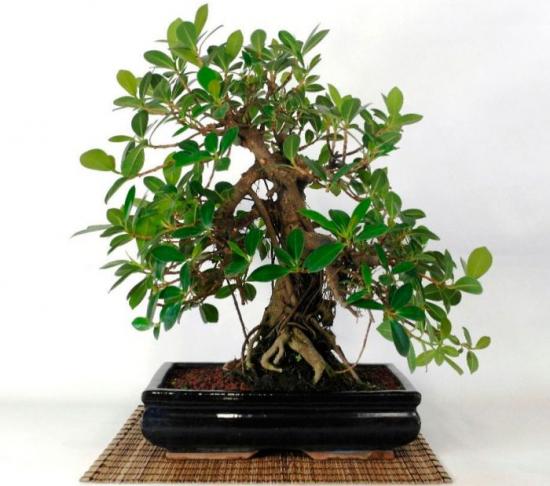
In its natural environment it is able to grow in the Mediterranean; in more northern latitudes it is grown only indoors, since it is not resistant to low temperatures.
The most famous species found in gardeners’ homes include:
- Belize. They have light pink or white patterns along the edges.
- Variegata. The leaves are thin, feathery, the streaks on the leaves are light...
- Robusta.The most common species with large leathery green leaves.
It is a tree with one trunk, without lateral branches, but in the process of growth branches and aerial roots appear on it, which, under the influence of warm and humid climatic conditions, reach the soil and form new trunks.
The leaves are quite large, reaching 30 cm, leathery, elongated, dark green, alternate. Very young leaves are brown in color.
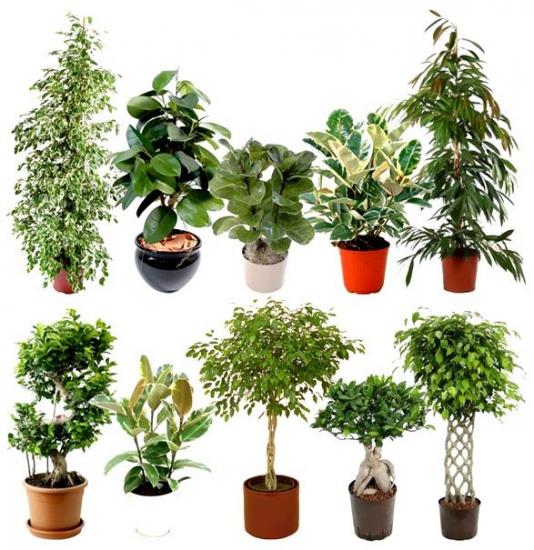
The flowers are unremarkable, inconspicuous and are pollinated by pollinating insects, but flowers do not appear at home.
On the surface of the crown or stems you can sometimes see light spots with milky juice. If you touch them with exposed skin, you may experience dermatitis and allergic reactions, so when working with the plant you need to be careful and place the pot out of the reach of children and pets.
Rules for the care and cultivation of rubber ficus
To get a strong strong tree no large financial or labor costs are required; it is enough to follow the rules of care and provide the tree with optimal conditions.
Temperature
The optimal temperature is between + 20 and +25 degrees in summer, and in winter not lower than +15 degrees.
Priming
Loves fertile, loose soils. You can make such soil yourself by mixing turf soil, coarse river sand and humus in equal proportions, or by adding sand and humus to a purchased soil mixture. Tree loves replanting, as the roots grow quickly and require more space. Therefore, every year in spring or early summer it is transplanted into a larger container using a transshipment method.
Fertilizing is carried out from the beginning of spring to mid-autumn 2 times a month, alternating liquid organic and mineral fertilizers.
Lighting
When growing indoor ficus it is necessary to provide it with adequate lighting: bright, but diffused and sometimes shaded light would be ideal. Due to lack of light, the lower foliage turns yellow and falls off. In winter, when there is insufficient lighting, reduce the number of waterings and lower the room temperature, preferably to +17 +18 degrees.
Cold drafts may cause dark brown spots to appear on ficus leaves; it cannot withstand hypothermia.
Watering
Constant but moderate is necessary. After watering, you need to wait until the soil dries 1-2 cm. It also responds well to spraying with water at room temperature, not lower than 15 degrees, especially in the cold season with constant battery operation.
When the tree becomes dirty, wipe it with a damp sponge from the outside and inside.
Trimming
The plant requires moderate pruning to form a crown. As it grows, the lower leaves fall off and a bare trunk remains. Pruning is carried out at the end of winter and not only the crown is cut, but also 4-6 internodes in the upper part of the tree.
Reproduction
Evergreen propagates tropical guest in several ways.
By cuttings
After trimming the resulting cuttings take root and grow into young ficuses. Before the planting procedure, the resulting cuttings are kept in clean water until the milky juice flows out. And after that they are planted in soil that is moistened and heated from below.
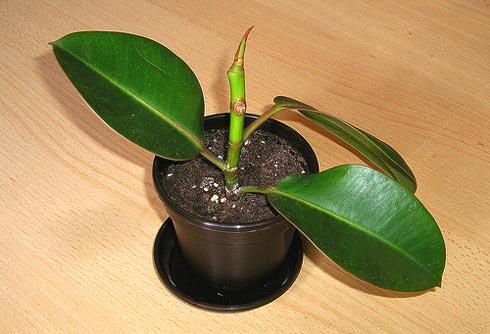
Aerial roots
To obtain layering, a longitudinal cut of about 0.5-0.8 cm is made on the tree from top to bottom and a match treated with Kornevin or another similar preparation is inserted into the cut. A piece of wet sphagnum moss is wrapped on top with plastic wrap for a long time. After 40-70 days, the emerging roots will become noticeable under the film, and you need to cut off the cuttings and plant them in a prepared container.
With proper and timely care, this is a long-lived plant, capable of living for half a century. Ficus It is little susceptible to attack by pests and diseases, and brown or white spots on the leaves and their drying out are indicators of improper care: improper watering, cold drafts, lack of lighting.
The main diseases to which ficus is susceptible
The most common diseases of rubber ficus include:
Cercospora
As a result of infection by this fungal disease, small black spots appear on the leaf blades; they turn completely yellow only when the infection is severe. Treatment consists of removing the affected foliage and treating with special means - fungicides.
Anthracnose
This fungal disease causes rust-colored spots. Treatment is also aimed at getting rid of the affected parts and treating with a fungicide.
Botrytis
Fungal disease, with this disease, the leaf blades begin to wither and rusty spots appear on them, increasing over time. They get rid of the disease by removing damaged leaves and spraying with fungicides.
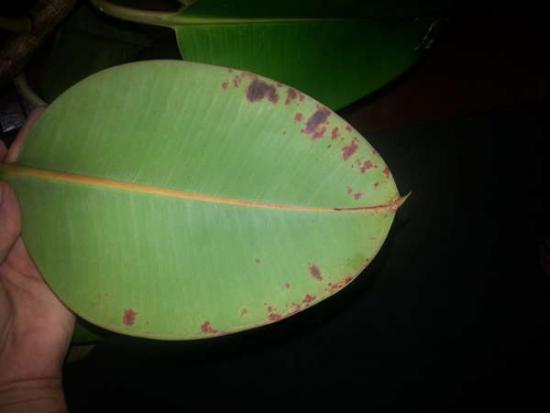
Falling and yellowing of foliage
Why do ficus leaves turn black?
The following factors may be the reason for this:
- wrong watering: too much or not enough.The rubber-bearing ficus reacts sharply to excess or lack of moisture, so try to review the watering norms;
- lack of light. If the pot is in a dark place, try moving it to a brighter place, but not in direct sunlight. The tree should resume leaf growth. But a new shedding of leaves is possible due to the stress of moving to a new place;
- unsuitable pot. A too cramped or, conversely, large pot can also cause yellowing. This problem is solved by selecting a suitable container;
- diseases of the root system. Such diseases are identified by the smell of an earthen clod. If the smell is unpleasant, it means the roots have begun to rot or are affected by disease.
Carefully remove all excess soil and rotting roots, dry them slightly and replant them in a new pot.

Causes of white spots on leaves
Diseases appear mainly due to too much watering, hypothermia and unsuitable temperature conditions. The reasons for such formations on the crown may be:
Lack of sunlight or low indoor temperature
This reason is eliminated by changing the growing conditions: moving the pot to a more illuminated place and raising the temperature.
Damage by spider mites
These small arthropods live and develop in plant tissues and feed on cell sap. The signal for action is small white spots across the entire surface of the leaves and is described by their thin web. If you find pests, wash the entire crown, stems and trunk with soapy water, isolate it from other plants and treat the tree with special targeted preparations: Borneo, Floromite, Kleschevit, Akarin.
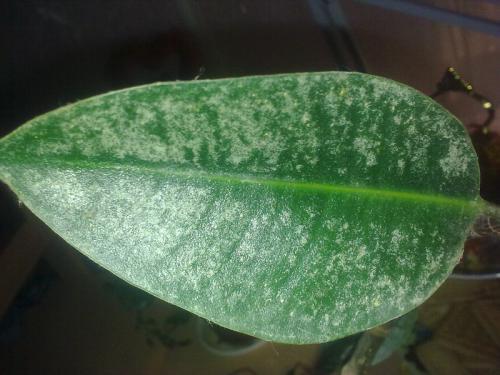
Thrips infestation
Small insects lay clutches with eggs inside leaf blades, and the larvae that emerge from them gnaw through the surface of the plate with powerful jaws. Motley small white spots begin to appear on the surface, and black dots are visible next to the white spots - insect excrement.
It is not easy to get rid of the pests, since these pests have a fast speed and spread throughout indoor plants, so complex and systemic treatment of plants with drugs such as Aktara, Vertimek, Mospilan is important for control.
Treatments are carried out according to instructions until complete disappearance thrips in the apartment.
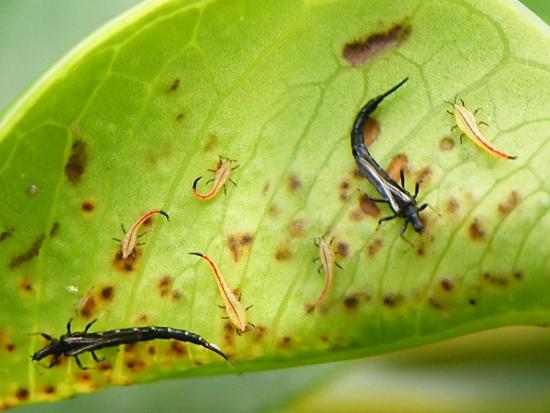
Reasons for the appearance of dark spots on leaves
There are many reasons for the appearance of various dark spots, and the main ones are:
Improper care
You are probably keeping it in inappropriate conditions.
Common care mistakes are:
- placement near radiators and heating devices. As a result of exposure to hot air, the foliage suffers, dries out and brownish spots appear on it;
- use of inappropriate fertilizing or their excessive use. It is preferable to use fertilizers with a high nitrogen content, and fertilize no more than once every 15 days. Large quantities of such substances contribute to the development of many diseases and the formation of some abnormalities in flower growth and development;
- excessive watering. When flooded, the tree reacts with the appearance of brown dark spots. In this case, the gardener will have to replant the flower in a container with new soil. When replanting, carefully check the root system and remove damaged rotten roots and sprinkle activated carbon on the cuts;
- exposure to drafts leads to darkening. The tree should be placed in places protected from drafts.
If the darkening is not associated with errors in care, then the flower may be affected by diseases, such as:
- Gray rot. It occurs infrequently, but sometimes affects some types of indoor plants, including ficus. Due to the occurrence of mold, the crown begins to wither and then dies. To fight, the damaged parts are removed and treated with special preparations.
- Fungal infections form due to improper care or unfavorable placement of the pot. To get rid of the disease, all infected parts are removed from the tree and moisturizing sprays are not carried out for some time.
- Scale insect or false scale insect. The presence of these pests leads to a slowdown in growth, brown spots appear on the leaf blades, and in some places they become covered with a sticky coating, which quickly spreads throughout the plant, so the fight against the pest begins immediately after detection.
- Root system rotting. It occurs due to constant flooding of the roots, and saving the tree will be quite difficult. In this case, transplanting into another pot and removing damaged roots can help.
If you find even one spot on your evergreen indoor resident, immediately begin fighting the disease. Review your care system, purchase a high-quality insecticide that can quickly cope with the problem. Or you can use folk remedies for these purposes.
Such products include a copper-soap solution or a fungicide solution. To prepare a copper-soap mixture, grate 20 grams of laundry soap and dilute it in 1 liter of clean warm water.
Separately, dilute 3 grams of copper sulfate in water and then mix the resulting liquids. The solution is used to treat the wood daily from the outside and inside until the dark spots completely disappear.
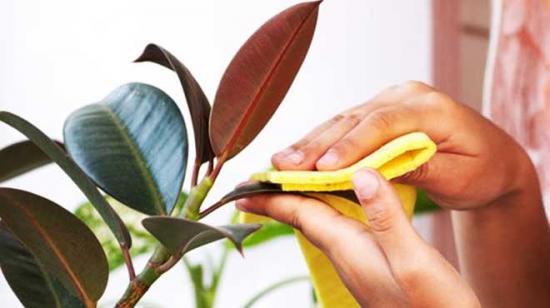
Ficus is one of the most beloved and popular indoor plants. The tree is easy to care for, it is quite unpretentious, but it looks very impressive and is suitable for any interior.
But sometimes even the most unpretentious plant can suffer from diseases or react to changes in care. The main thing is not to leave it to chance, but to take action in time and you will be able to save your evergreen room occupant in perfect condition.
Find out more about the ficus, the features of care and its cultivation indoors, as well as the causes of various diseases, the appearance of dark spots on the foliage and methods of treating the tree by watching the video:

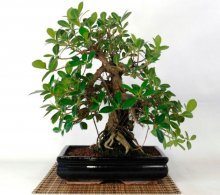
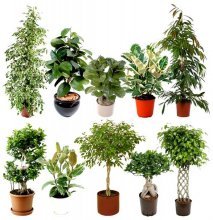
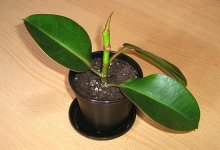
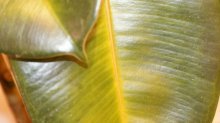
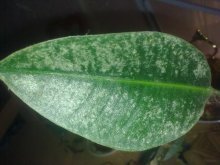
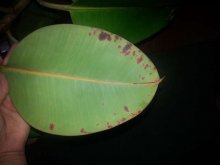

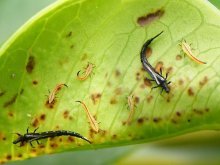

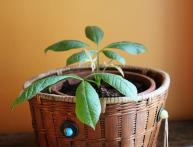
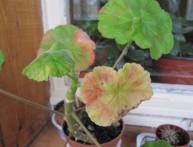

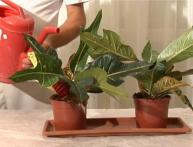
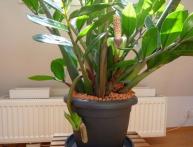
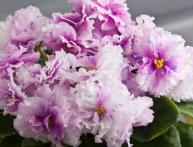
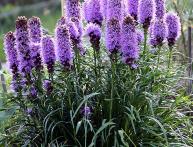
Comments
One day, dark spots appeared on my ficus tree, exactly like those in the photo. I knew that this was a fungal disease, I did not fight it, since it is difficult to remove, but simply planted a new cutting from a healthy branch.
These ficuses did not take root in my house. The leaves around the edges were darkening. In appearance it does not look like a fungus, but rather dried out. The air in the apartment is too dry in winter due to central heating.